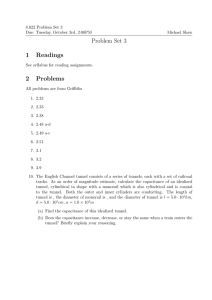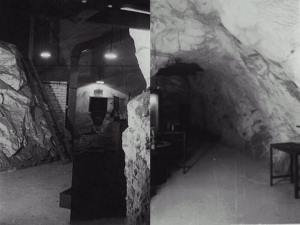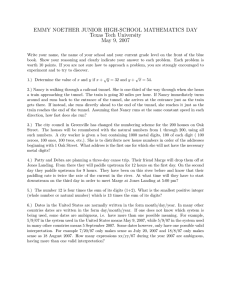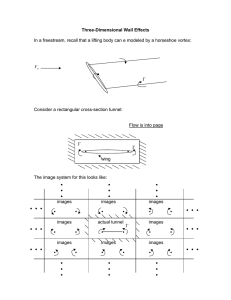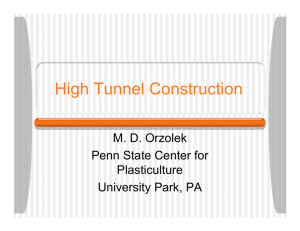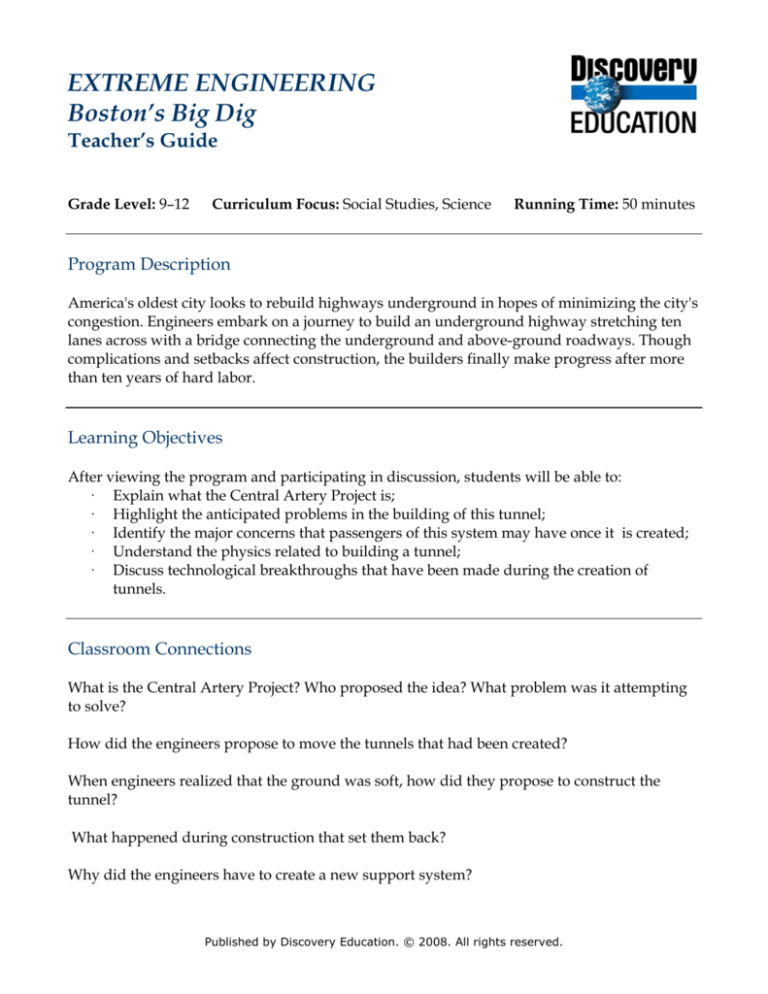
EXTREME ENGINEERING
Boston’s Big Dig
Teacher’s Guide
Grade Level: 9–12
Curriculum Focus: Social Studies, Science
Running Time: 50 minutes
Program Description
America's oldest city looks to rebuild highways underground in hopes of minimizing the city's
congestion. Engineers embark on a journey to build an underground highway stretching ten
lanes across with a bridge connecting the underground and above-ground roadways. Though
complications and setbacks affect construction, the builders finally make progress after more
than ten years of hard labor.
Learning Objectives
After viewing the program and participating in discussion, students will be able to:
· Explain what the Central Artery Project is;
· Highlight the anticipated problems in the building of this tunnel;
· Identify the major concerns that passengers of this system may have once it is created;
· Understand the physics related to building a tunnel;
· Discuss technological breakthroughs that have been made during the creation of
tunnels.
Classroom Connections
What is the Central Artery Project? Who proposed the idea? What problem was it attempting
to solve?
How did the engineers propose to move the tunnels that had been created?
When engineers realized that the ground was soft, how did they propose to construct the
tunnel?
What happened during construction that set them back?
Why did the engineers have to create a new support system?
Published by Discovery Education. © 2008. All rights reserved.
What were some problems that the engineers encountered as they built the tunnel? What did
they do to solve those problems?
Classroom Activities
Research Fred Salvucci. What idea did he propose? What other types of construction has he
done?
Who was part of the tunnel named after? What was he famous for? Write a paper about this
important person.
Compare the construction of this tunnel to construction of the Panama Canal using a Venn
diagram.
Target Vocabulary*
commute - to travel back and forth regularly (as between a suburb and a city)
excavate - to form a cavity or hole in
friction - the force that resists relative motion between two bodies in contact
GPS - a navigational system using satellite signals to fix the location of a radio receiver on or
above the earth's surface
submerged - covered with water
ventilation - a system or means of providing fresh air
*By permission. From the Merriam-Webster Online Dictionary ©2008 by Merriam-Webster, Incorporated (www.MerriamWebster.com).
Academic Standards
National Academy of Sciences
The National Academy of Sciences provides guidelines for teaching science in grades K–12 to
promote scientific literacy. To view the standards, visit this Web site:
http://books.nap.edu/html/nses/html/overview.html#content.
This lesson plan addresses the following national standards:
Page 2
Published by Discovery Education. © 2008. All rights reserved.
·
·
·
Physical science
Earth and space science
Science in personal and social perspectives
Page 3
Published by Discovery Education. © 2008. All rights reserved.



